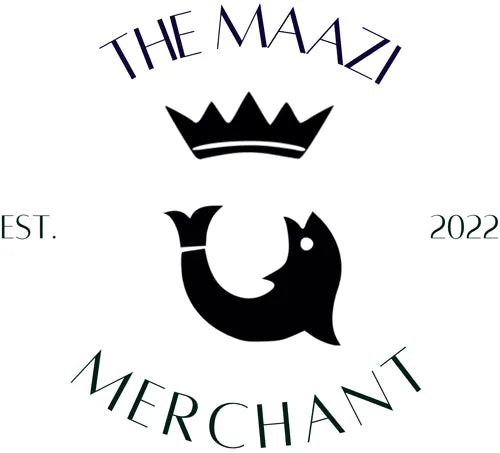This folio from the manuscript of the three-part philosophical works (Siddantha sara, Siddantha-bodha, and Aporaksha-siddantha) attributed to the maharaja of Jodhpur, Jaswant Singh, titled "An Imaginary Flower" has been found to date to the middle of the 16th century. A devoted supporter of the Mughal Emperor Shah Jahan, the maharaja preferred Dara Shikoh over Alamgir (Aurangzeb). Later, Emperor Aurangzeb lavished him with titles and honours in an effort to secure his allegiance and cooperation in military operations against the powerful Maratha kingdom that was then on the rise in the Deccan. The artwork is inscribed in black and red Devanagari by Vyasa Madhava on a gold background using opaque pigments. The variety of influences that might be seen at the period in India are vividly depicted in this artwork. Hindu writing and Mughal- style flowers are merged, but with a fictitious Deccani flavour and an Aurangabad gold background. These are encircled by borders inspired by the Ottoman cintamani pattern. On account of the quality and the pricking of the gold ground, the painting has occasionally been credited to Haidar Ali and Ibrahim Khan, two artists who worked at the court of Sultan Muhammad Adil Shah of Bijapur (1627–56). This particular painting was formerly part of the Dent Collection, a collection of about 150 Persian, Mughal, and Deccani paintings and drawings that were assembled in Bengal in the latter years of the eighteenth century. The collection was either put together by John Dent, a lieutenant in the Bengal Infantry from 1782 to 1792, or by his brother William, who served at Patna, Buxar, and Tamluk from 1776 to 1796. Numerous pieces in the collection contained inscriptions stating that Shuja' al-Daula, Nawab of Oudh, had previously owned them (1731-75). It was intermittently displayed in Beijing's Palace Museum in 2018 and in London in 1976 and 1982.
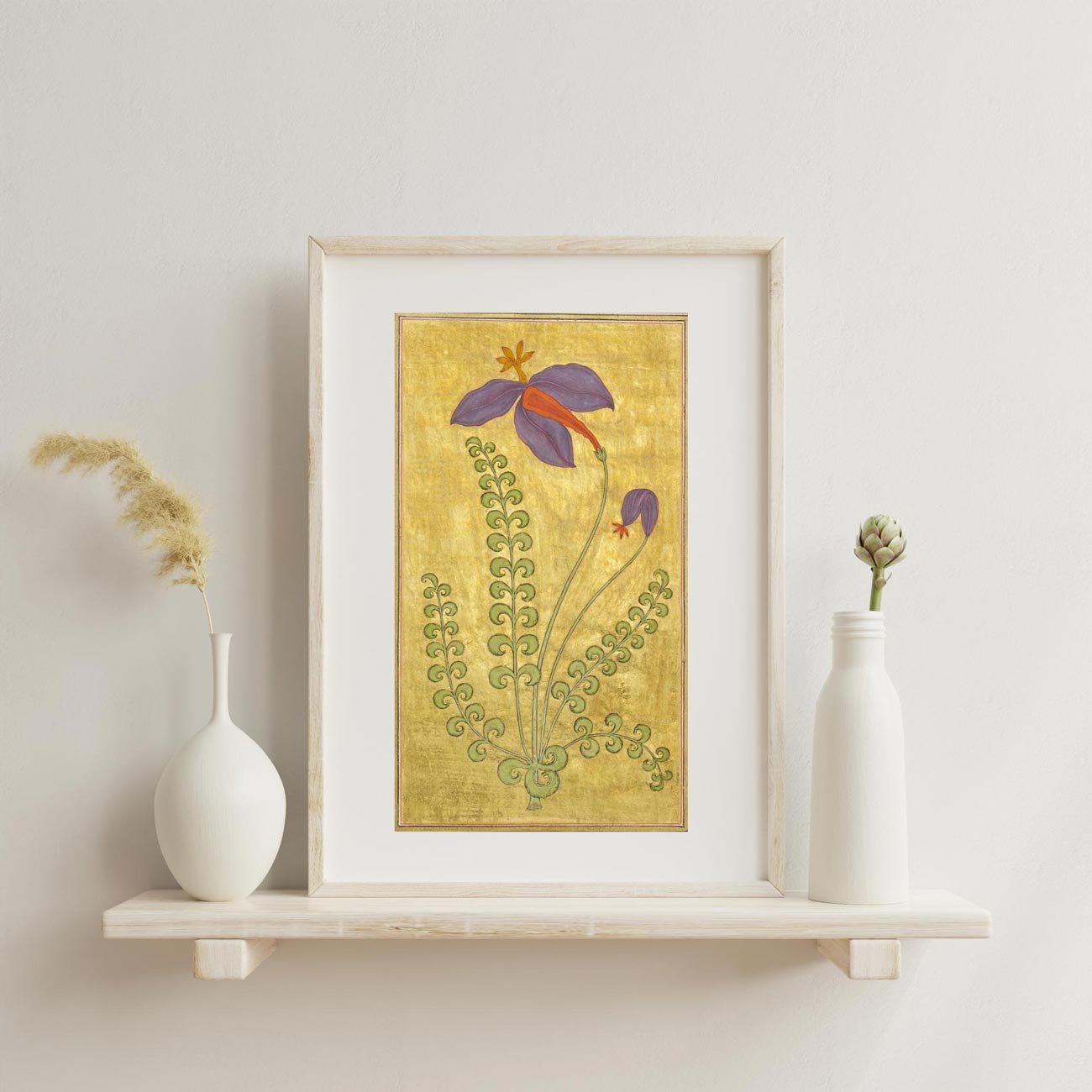
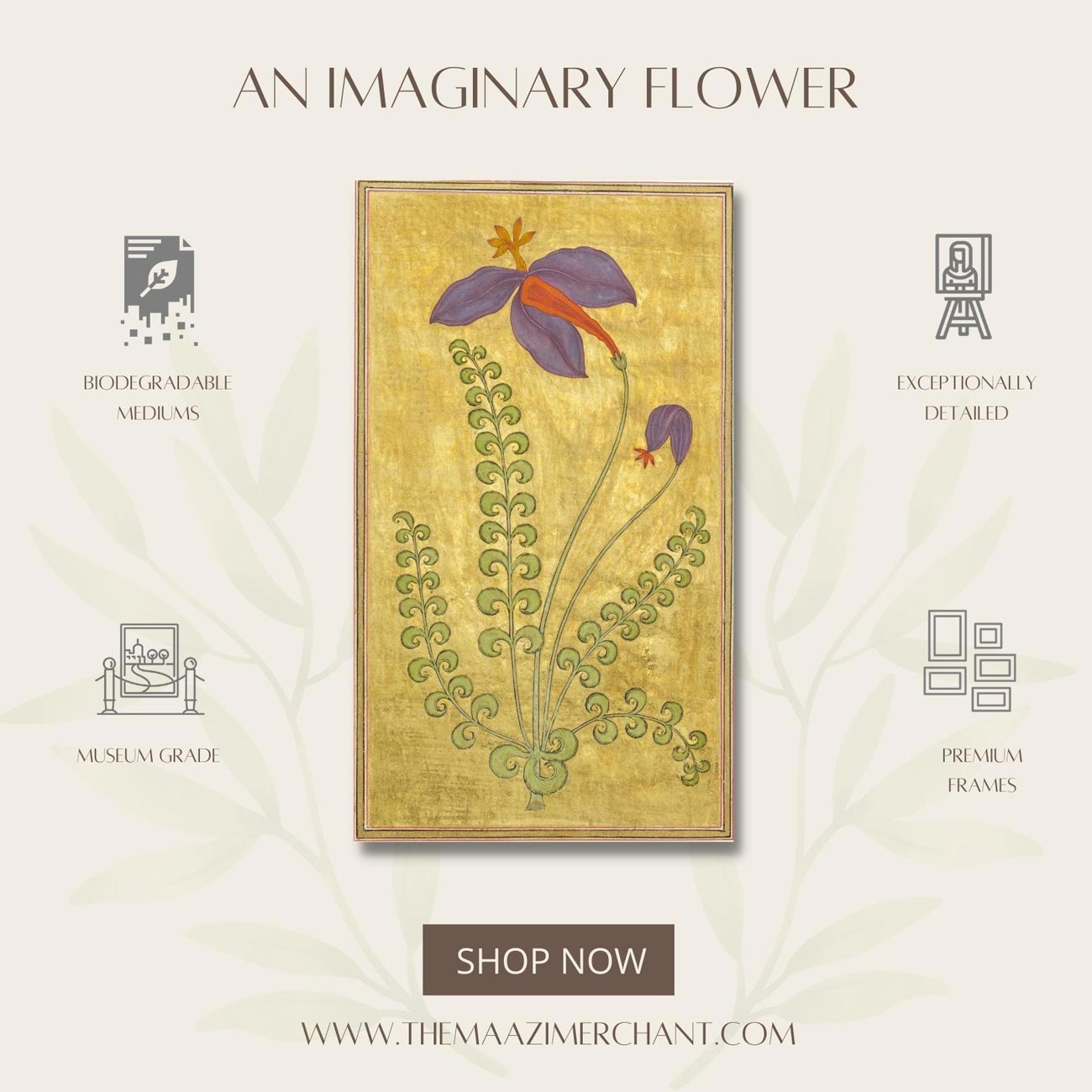
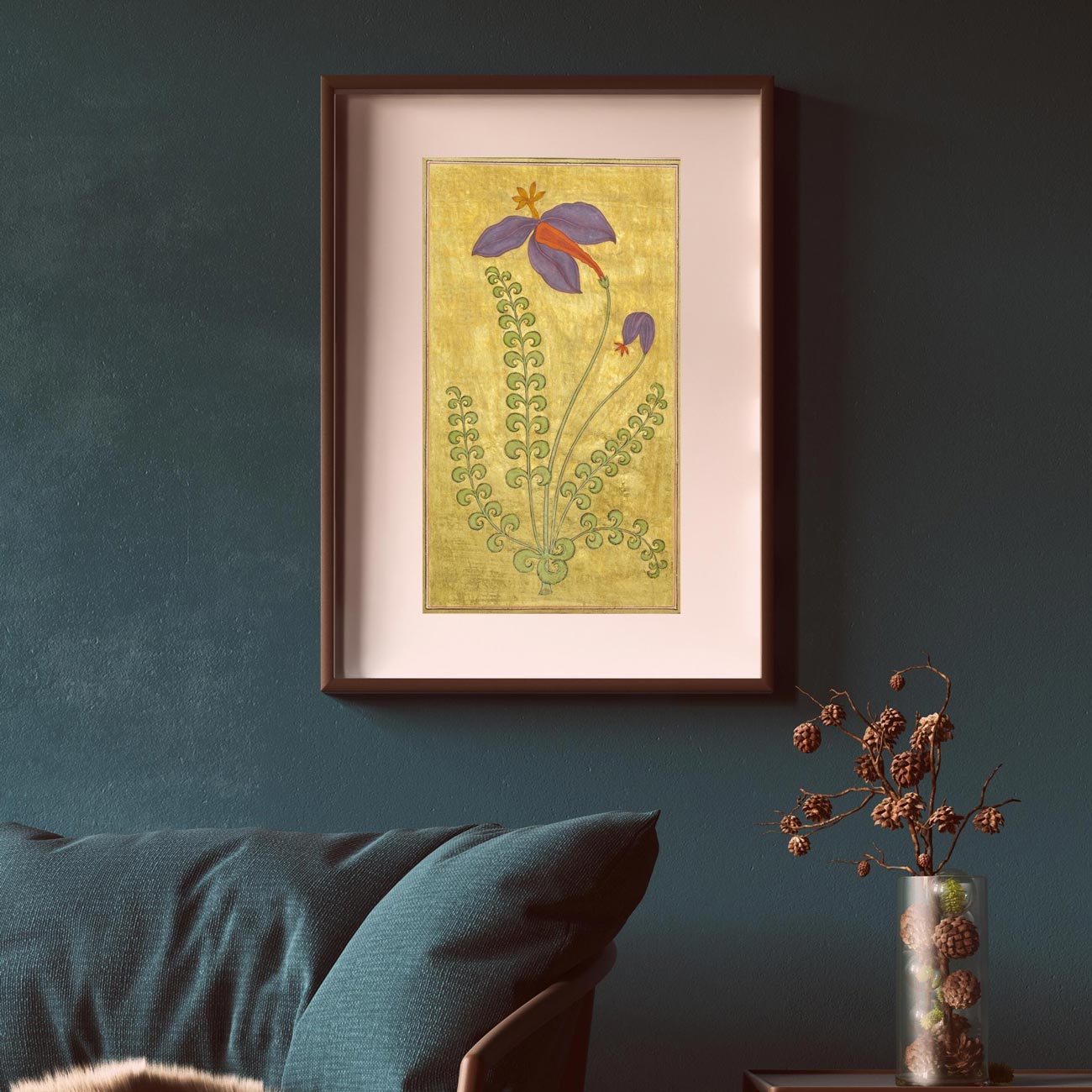
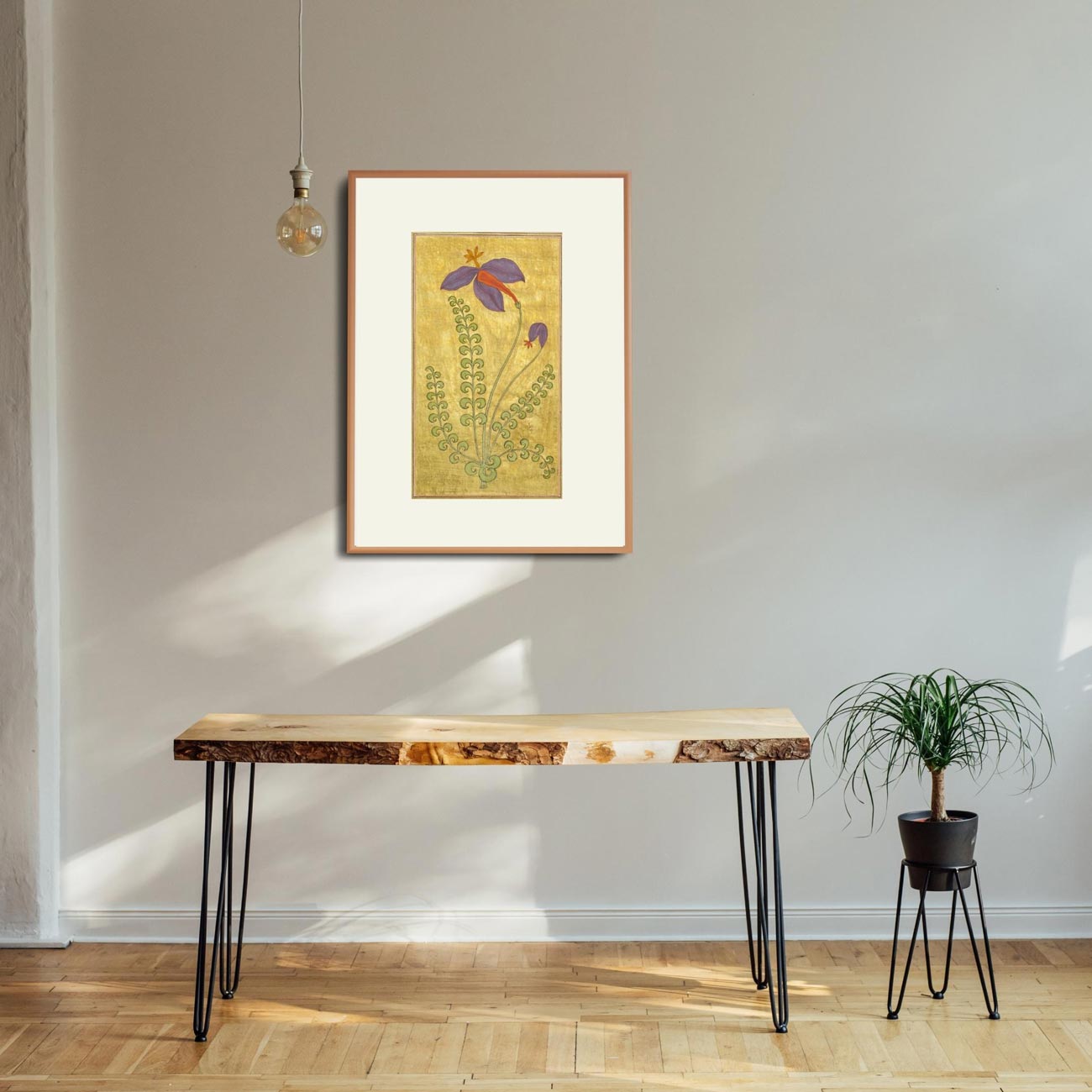
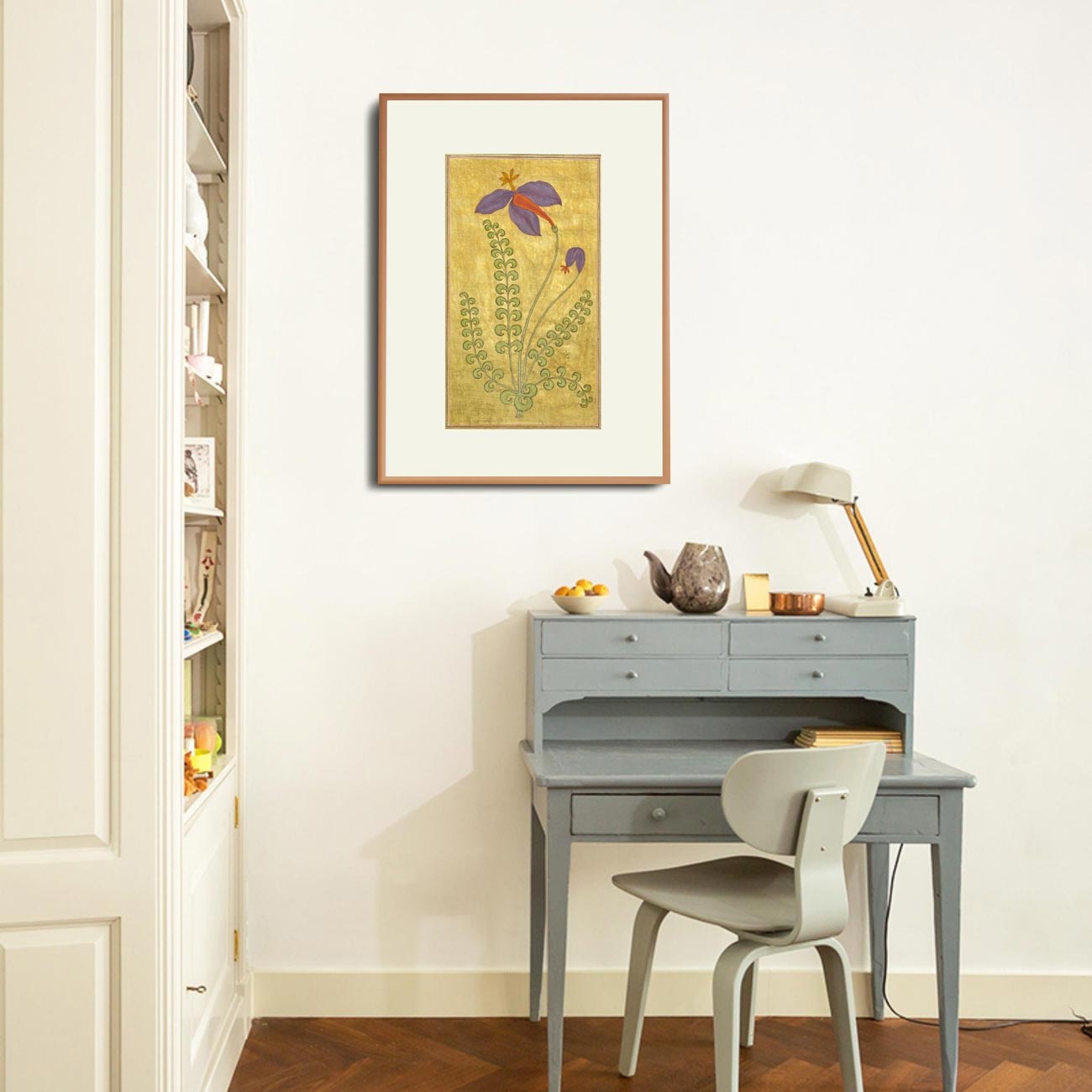
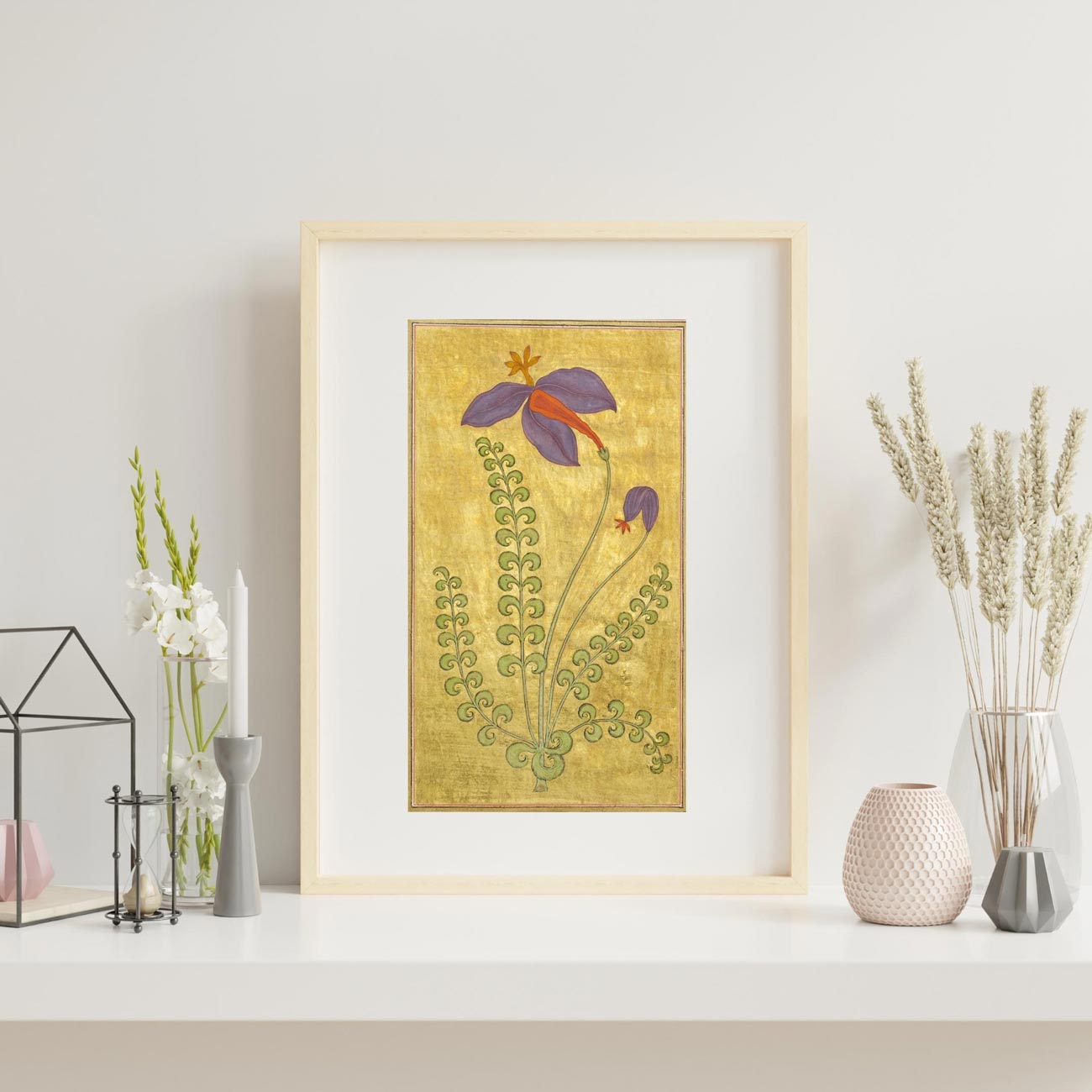
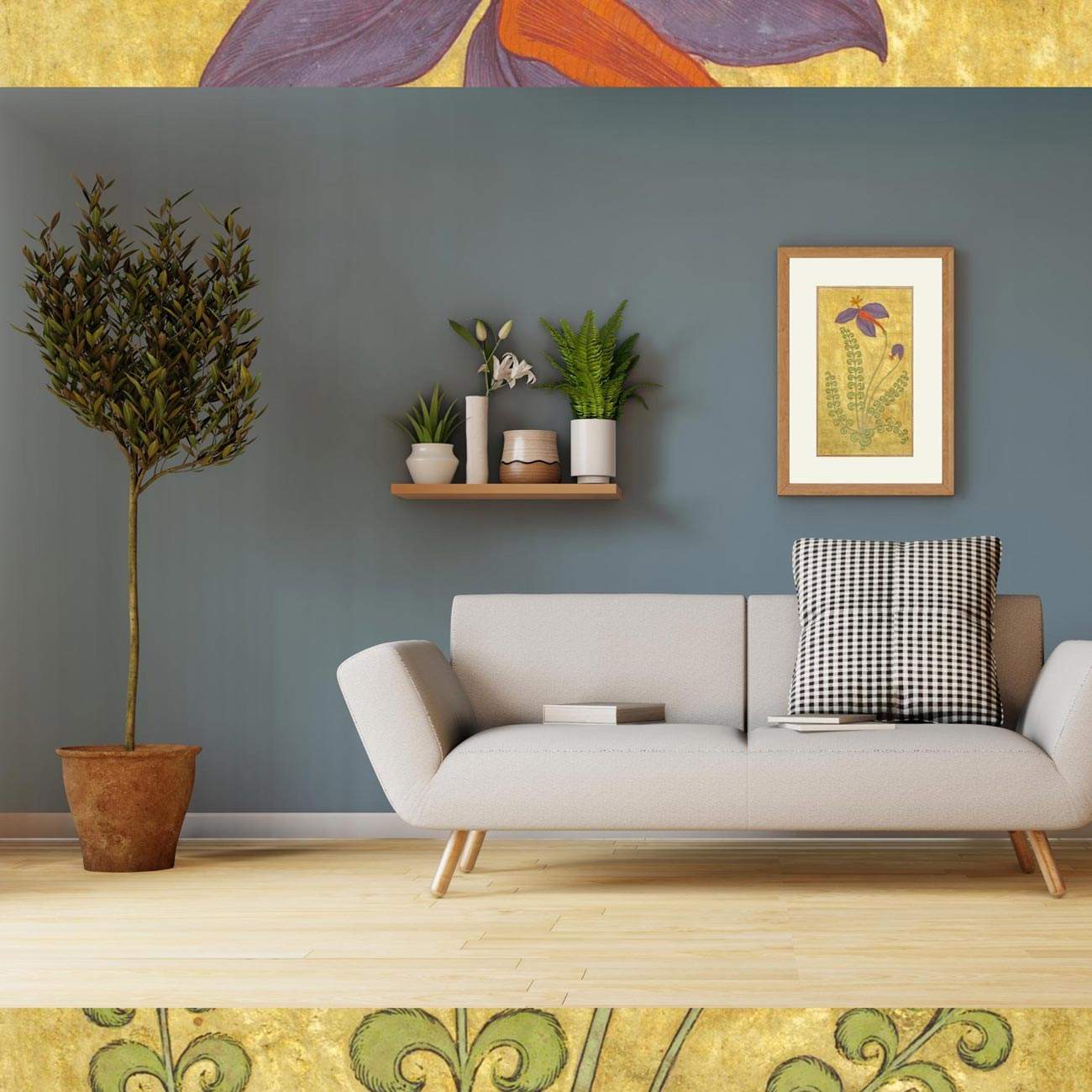
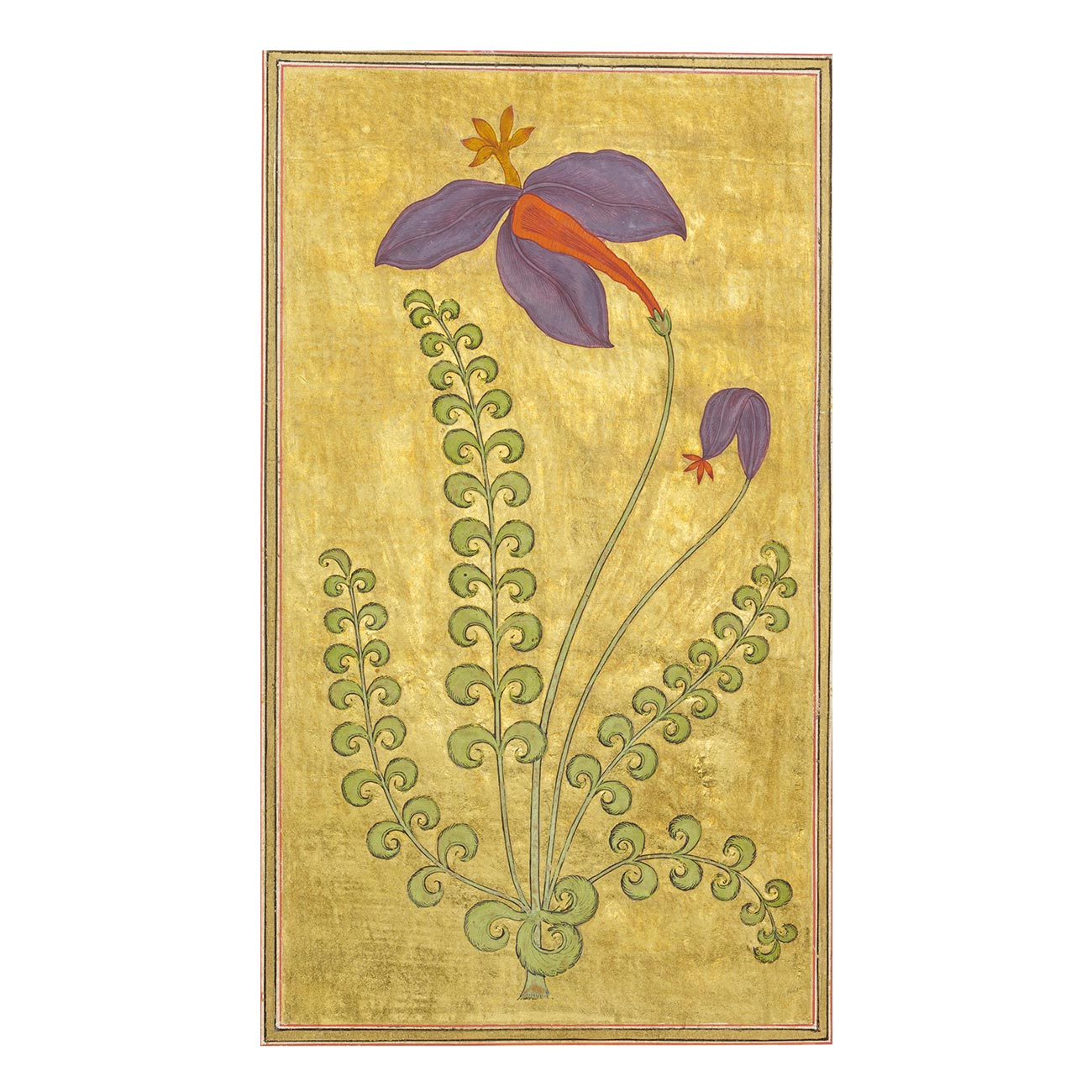
OBJECT HISTORY
MATERIALS USED

Museum Grade Canvas
Museum grade 370 GSM Canvas by Hahnemuhle
Matt-coated inkjet canvas | poly - cotton fabric | 370 gsm | Natural white | Zero artificial optical brighteners | Acid and lignin free | Museum quality for highest age resistance

Archival Paper
Premium Age Resistant Art Paper – 200 GSM
Matt finish premium | Rough Textured Surface | 200 GSM | 100% Cotton Fibers | Acid Free | High Age Resistance

Premium Curated Frames
Premium Frames curated by The Maazi Merchant
Premium Hardwood Frames made from natural white cedar wood. Available in Ebony, Cherry, White and Black

Stretched Canvas
Hand Stretched Canvas Wrap on Wood Frame
The Museum Canvas Print is gallery-wrapped over a wooden stretcher, framed in solid wood, and finished with a protective artist’s varnish for lasting quality.














